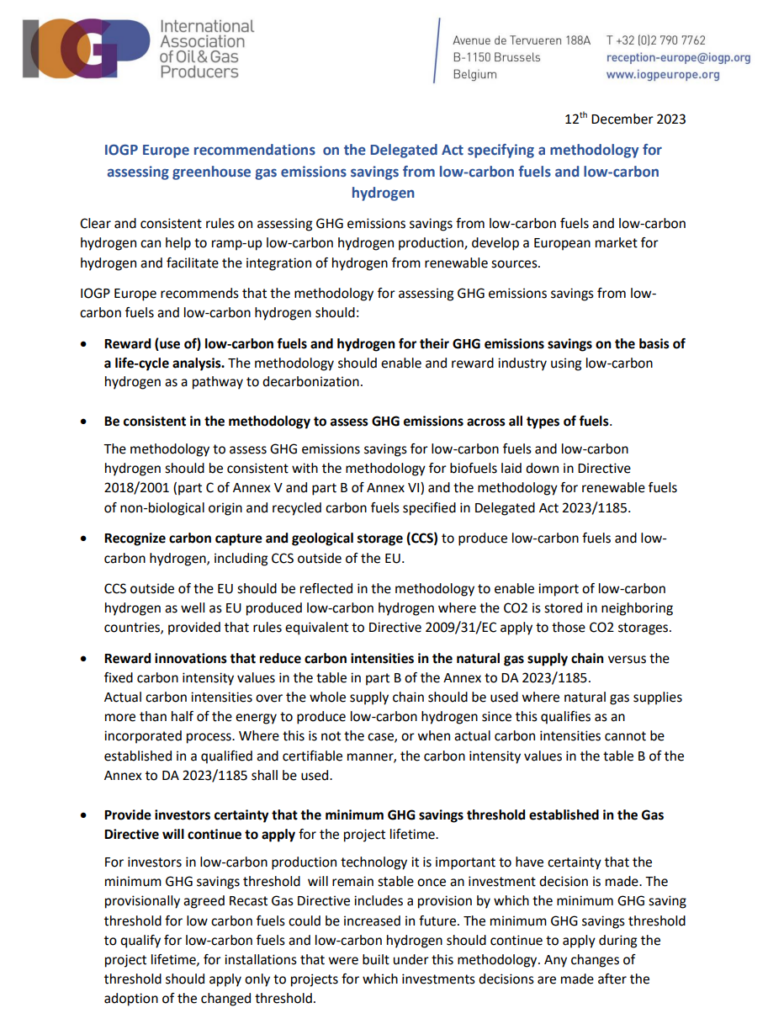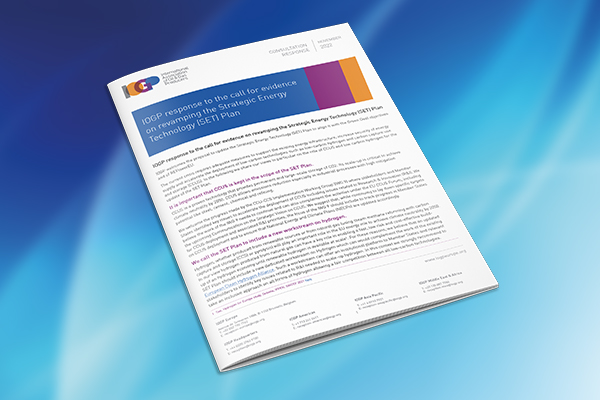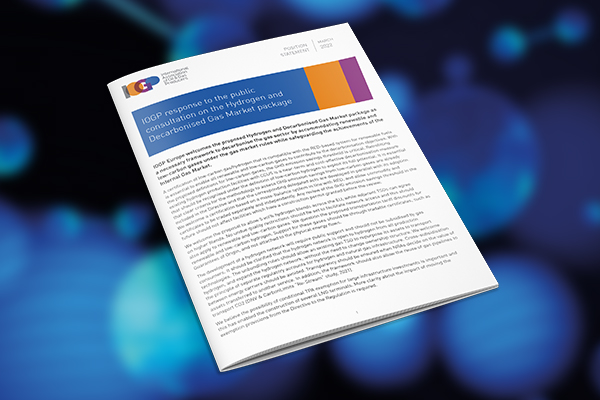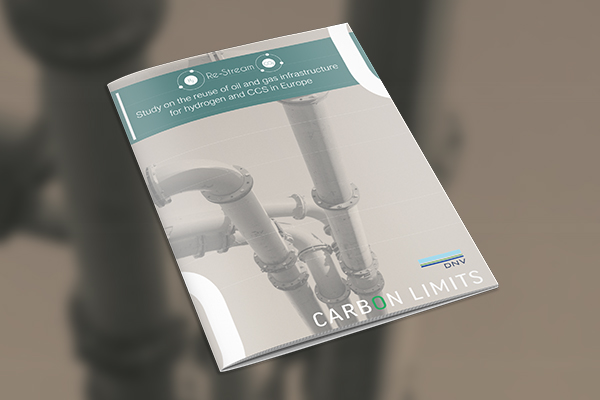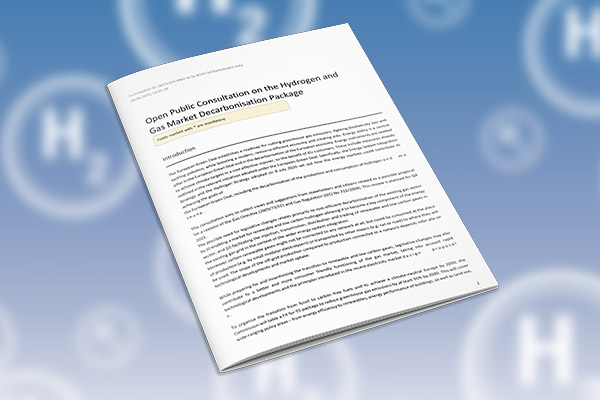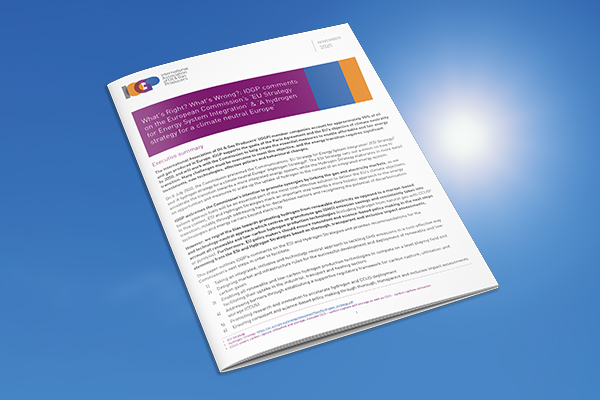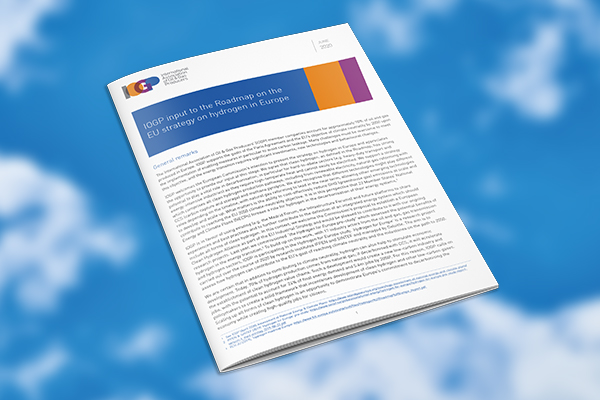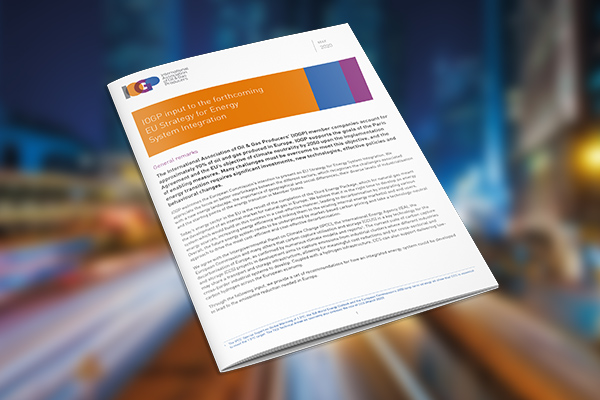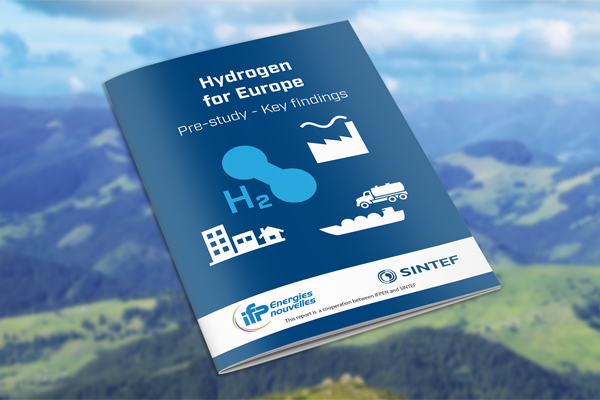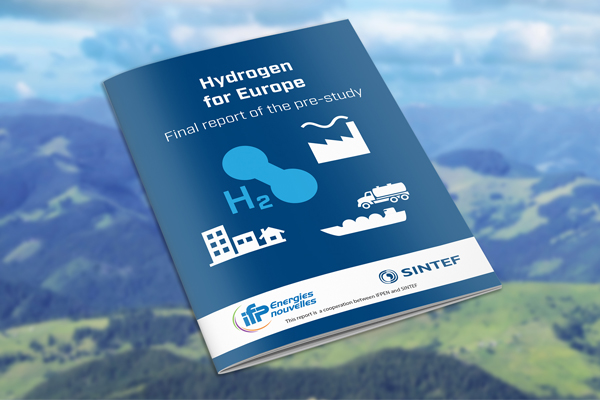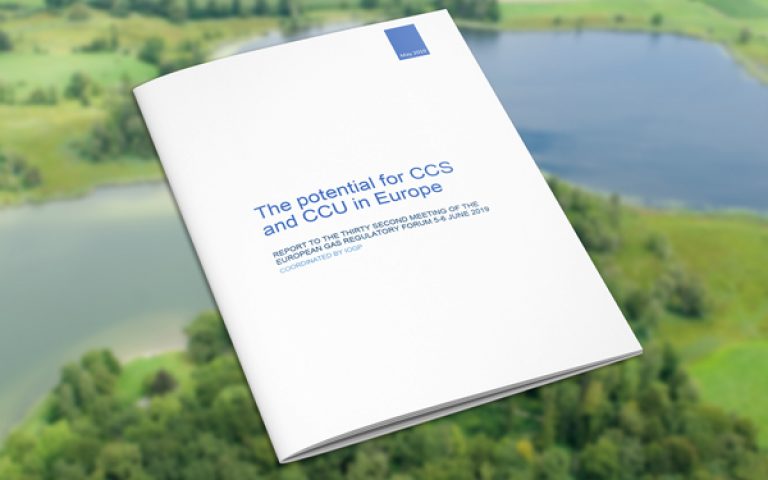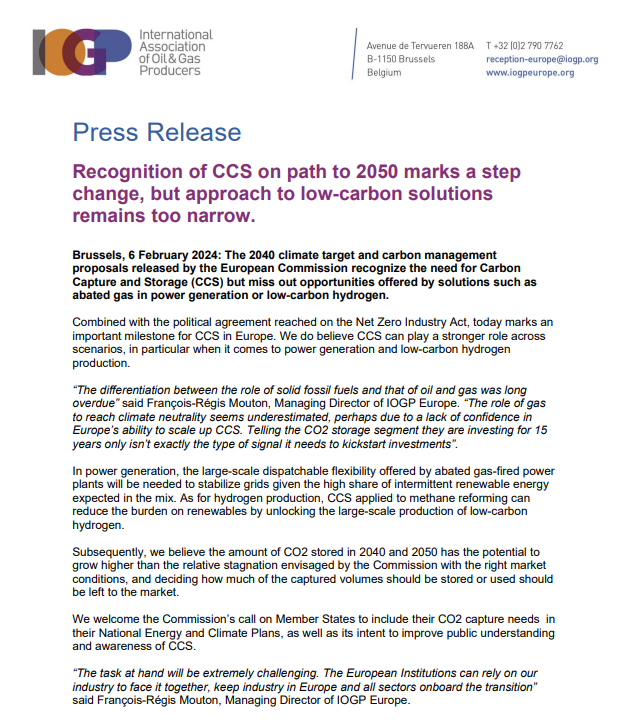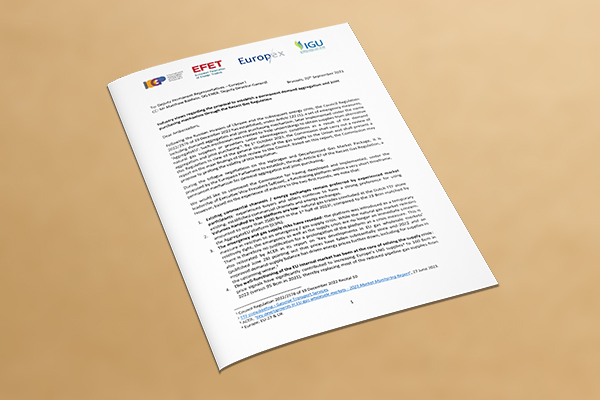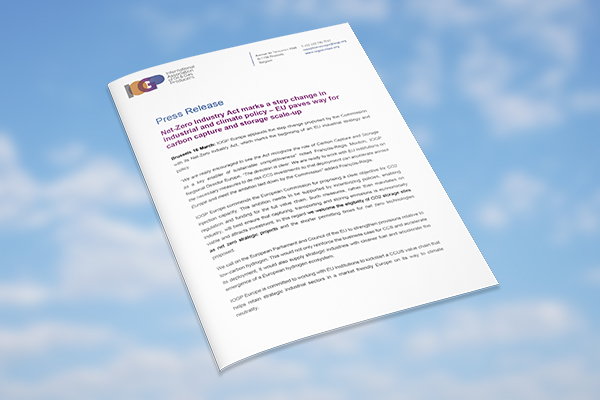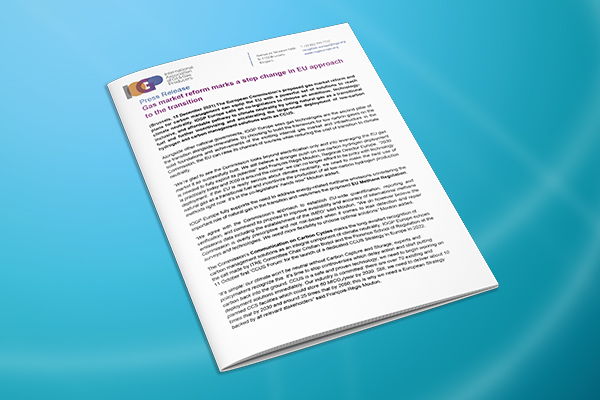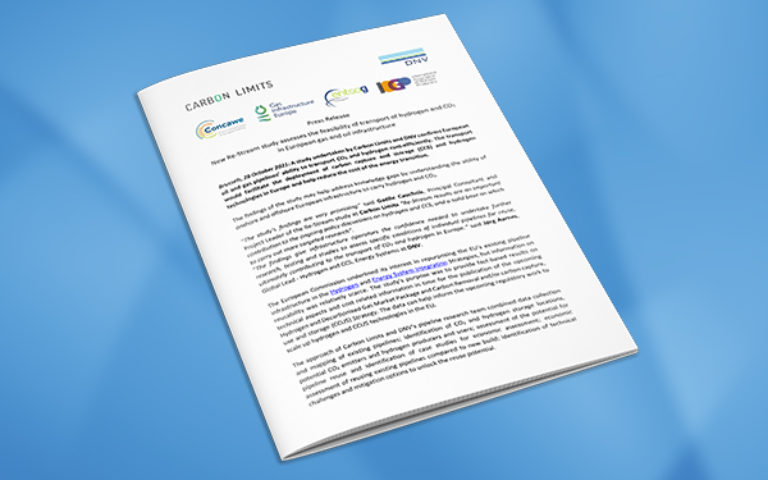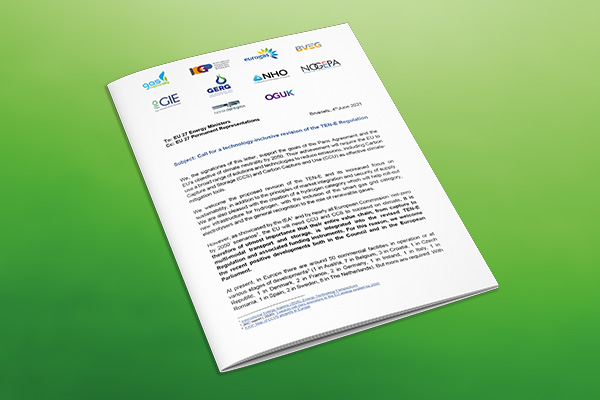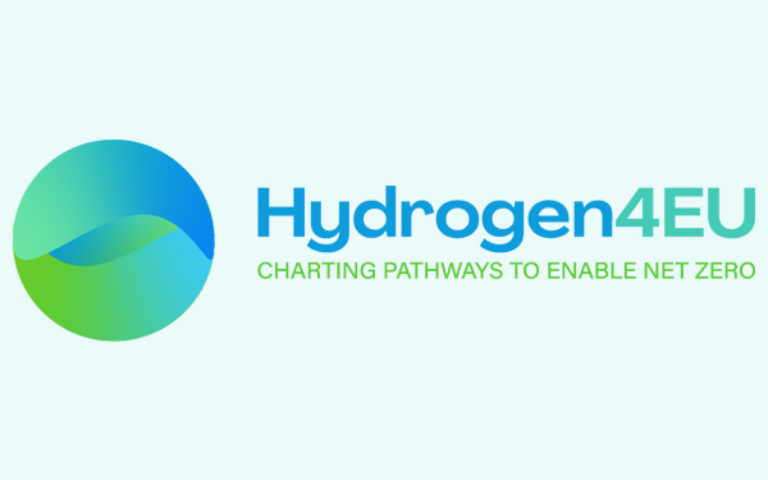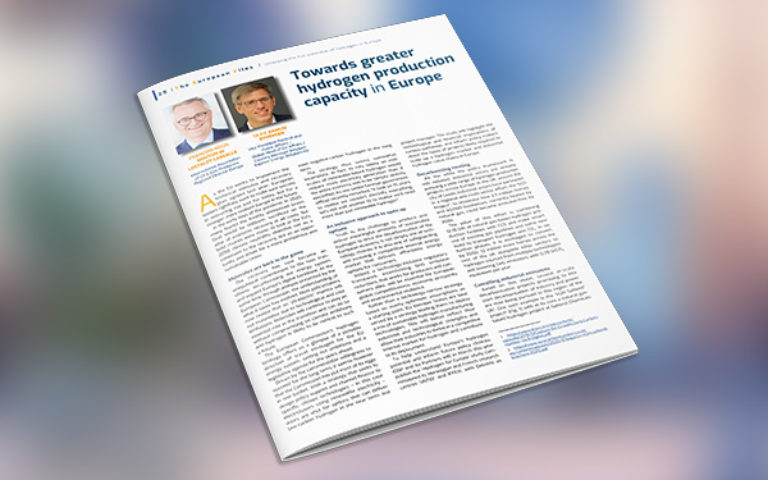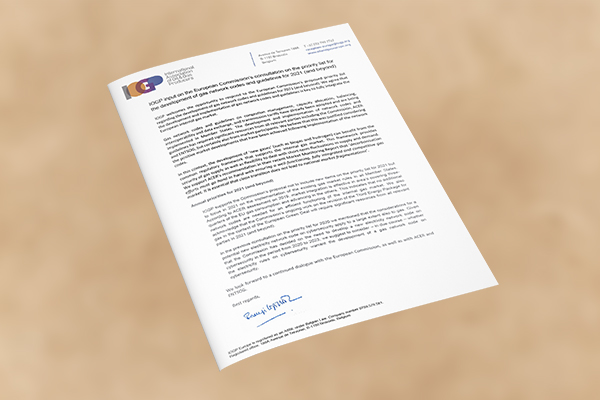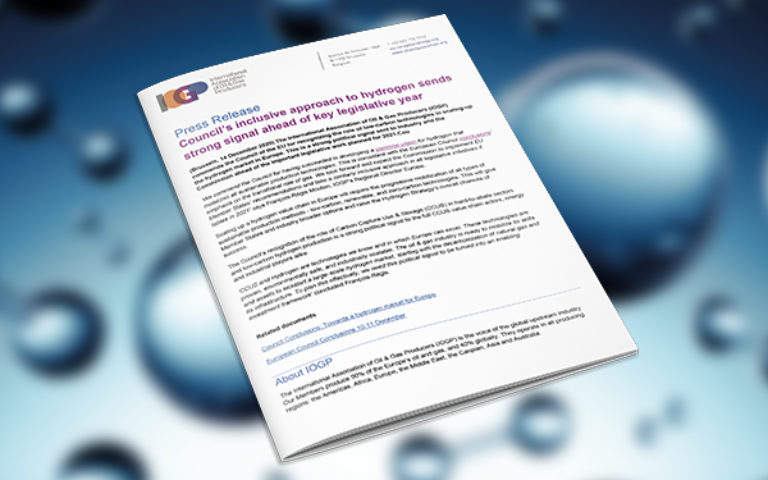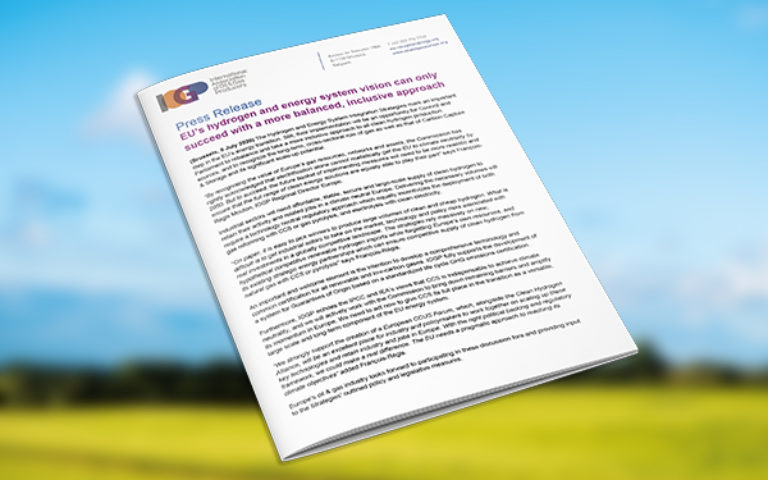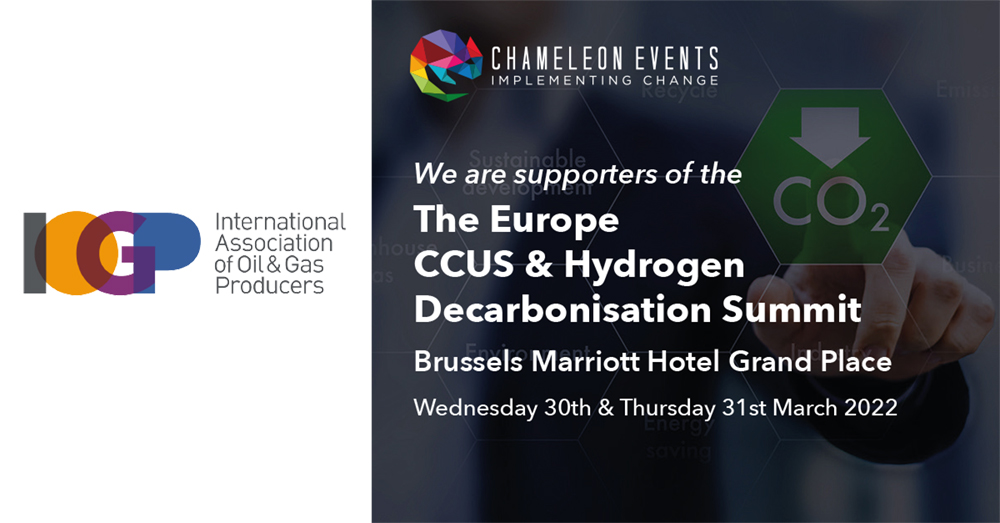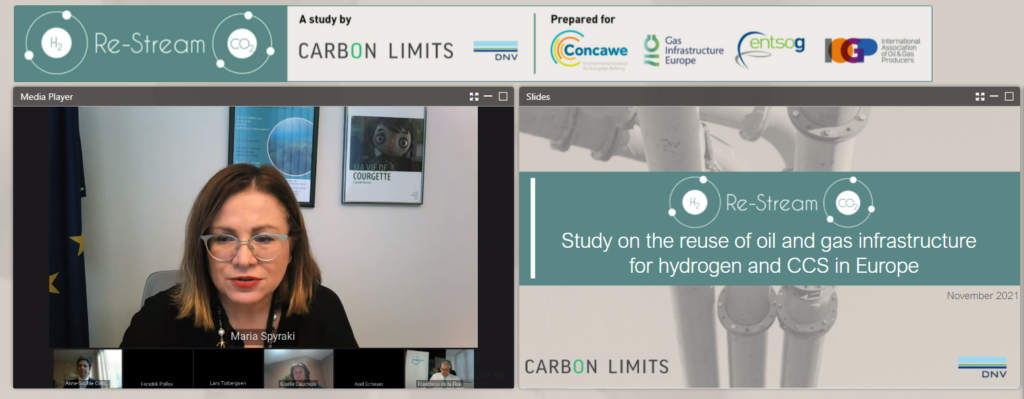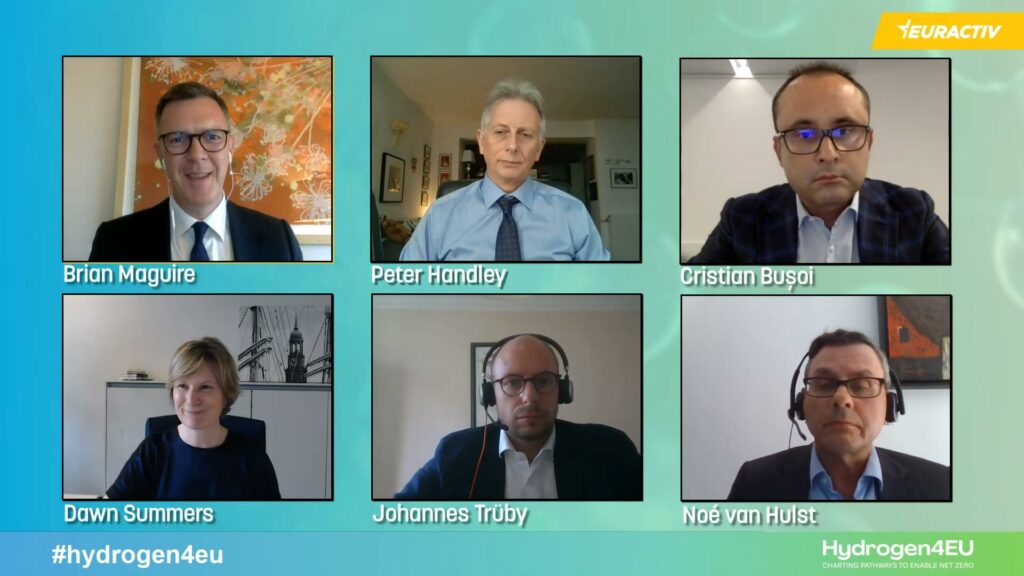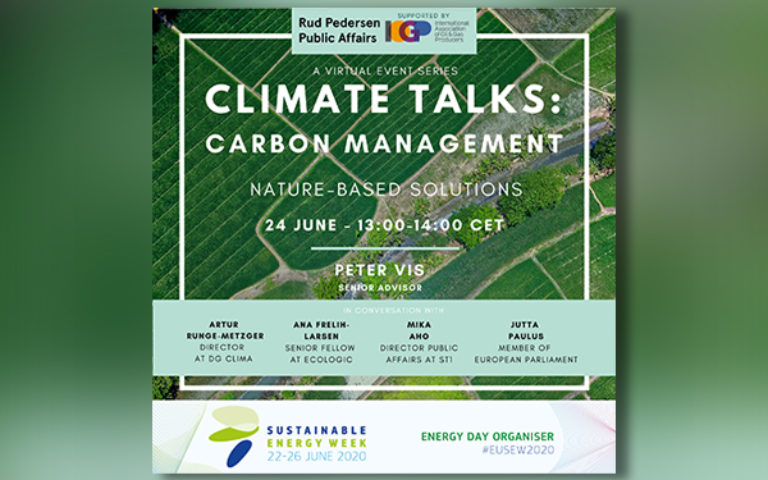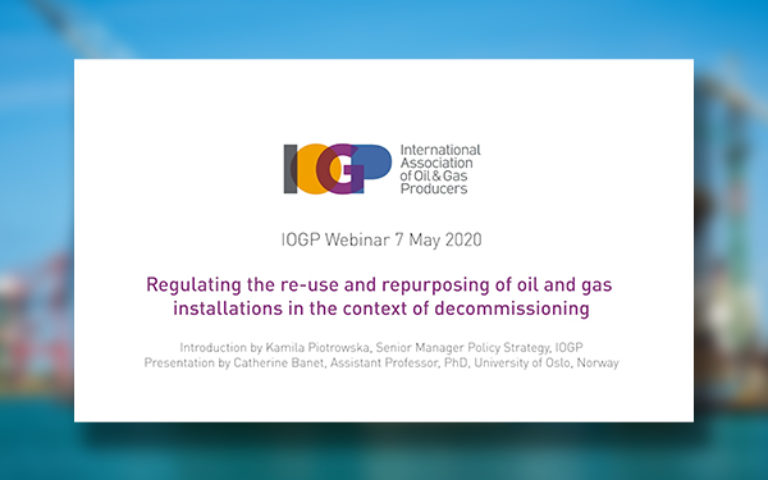Hydrogen
Hydrogen is an energy carrier which can help decarbonize the gas system and connected sectors such as power generation, transport, heating, and energy-intensive industry. In discussions around the European Green Deal, it has often been described as the “missing link” which can help reach climate neutrality thanks to its versatility.
Hydrogen applications
As a feedstock in the chemical, refining and steel industry, and as low-carbon fuel in energy-intensive processes
Used into the gas grid to decarbonise residential and commercial heating
In passenger cars, as well as heavy and long-haul road and maritime transport
In the power sector, supporting the transition towards net-zero emissions
How we produce hydrogen today
However, if the reforming process is combined with Carbon Capture and Storage (CCS), the CO2 is captured and stored, making the hydrogen almost carbon-free. This is called “blue” or low-carbon hydrogen.
World dedicated hydrogen production
Energy input by source
The Hydrogen Potential
%
emission cuts
Reaching climate neutrality by 2050 will require the right regulatory framework for scaling up technologies to reach deeper emission cuts.
Hydrogen from natural gas with carbon management technologies such as CCS and pyrolysis has the potential to develop a commercial market for clean/low-carbon hydrogen.
Hydrogen could effectively facilitate the decarbonization of the gas system and connected sectors.
Deploying “blue” hydrogen at scale and making use of the existing hydrogen infrastructure can help create a European market for low-carbon hydrogen, therefore facilitating the cost-effective integration of “green” hydrogen – produced from electrolysis of renewable energy – into the grid.
The Potential of Carbon Capture
%
CO2 capture rate
Available CO2 capture technologies for hydrogen production from natural gas can achieve capture rates of over 93%. The European certification scheme Certify therefore classifies hydrogen from natural gas with CCS as “low-carbon”.
Even when combined with CCS, investment costs for producing hydrogen from natural gas are significantly lower than those for electrolysis from renewable electricity.
Industrial-scale production of low-carbon hydrogen is possible with today’s technology, and has potential to deliver substantial emission reductions in the near-term.
Hydrogen and CCUS value chain options
Policy Recommendations
- Adopt a technology-neutral approach to scaling up hydrogen, ensuring all low-carbon
- Technologies can fulfil their potential.
- Support the development of CO2 capture, transportation and storage and the full range of low-carbon gas options in the future revision of gas market rules.
- Facilitate the cross-border transport of CO2 and hydrogen through the Connecting Europe Facility (CEF) and Trans-European Networks – Energy (TEN-E) Regulation.
- Lift legal and administrative barriers to the introduction of hydrogen into the gas grid.
